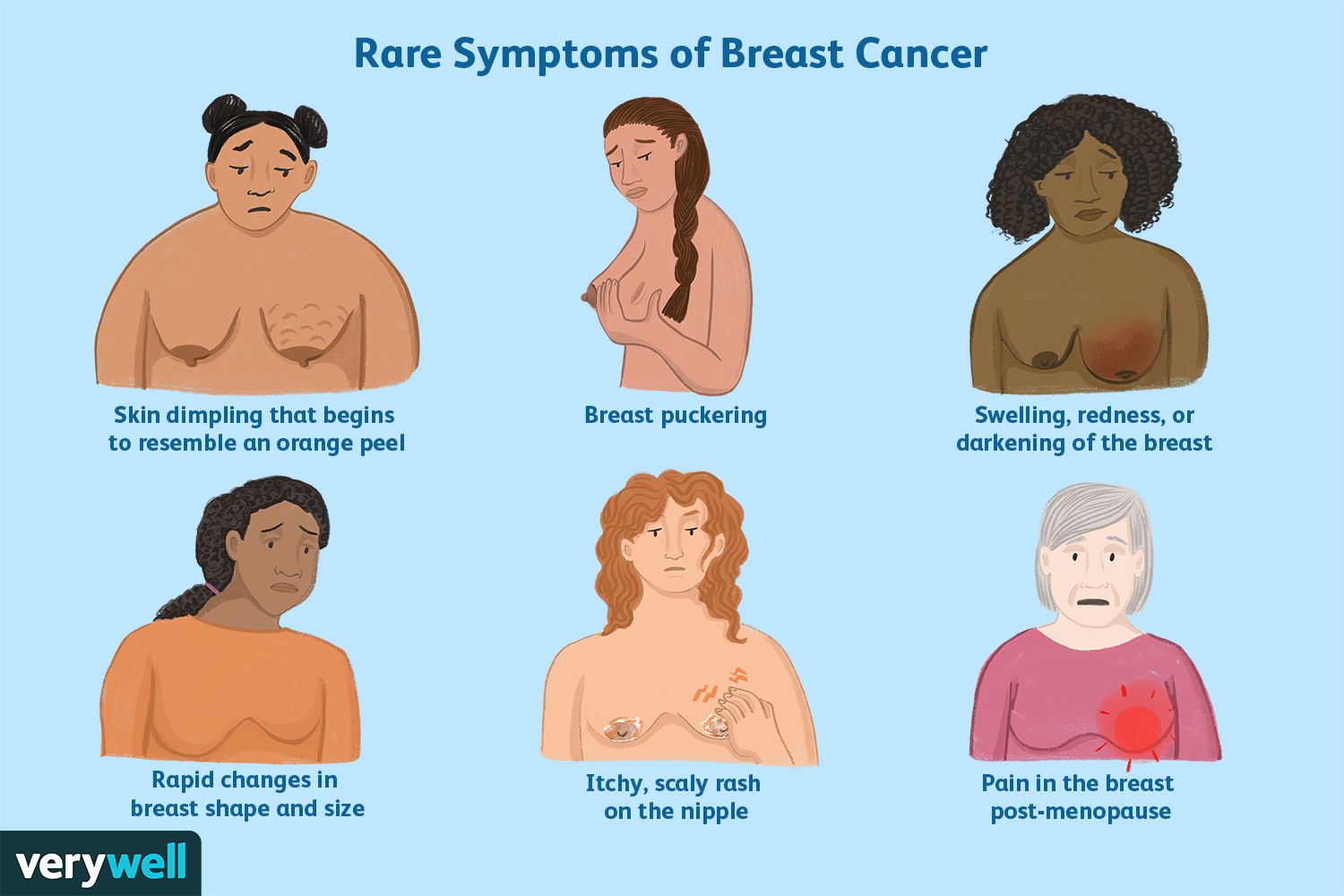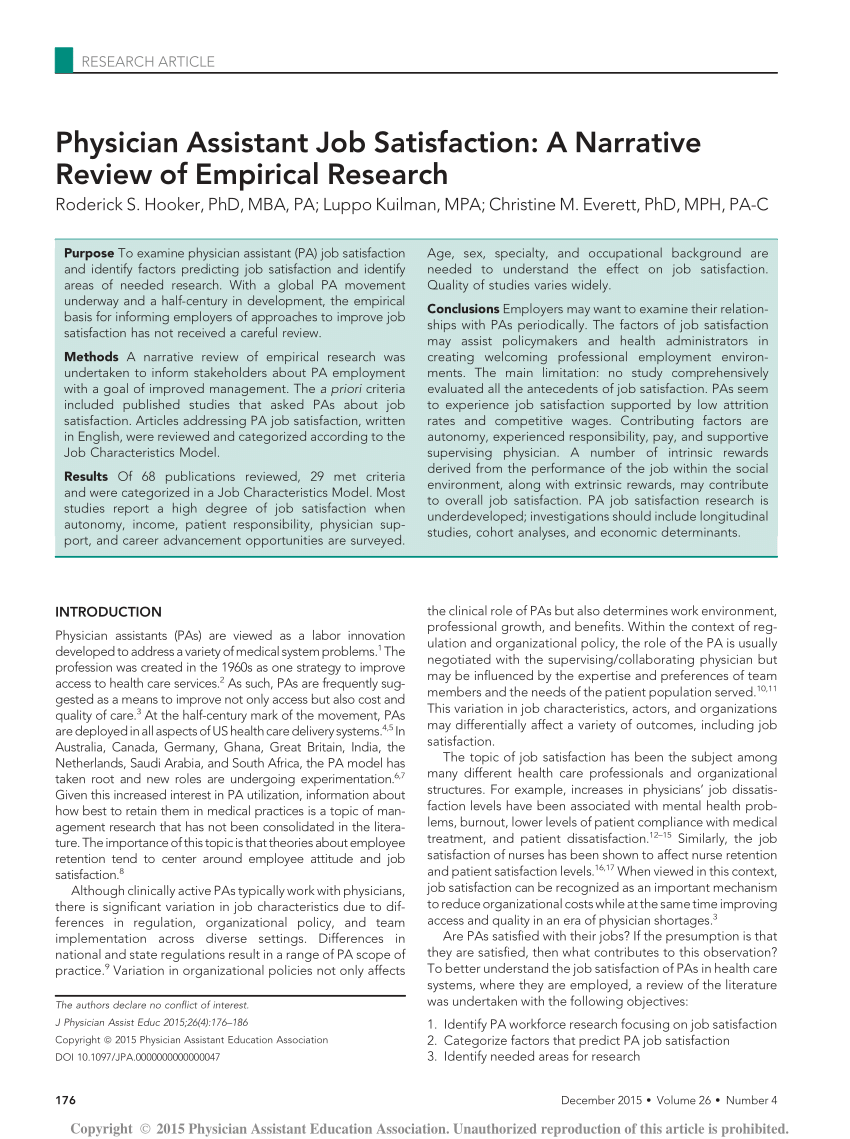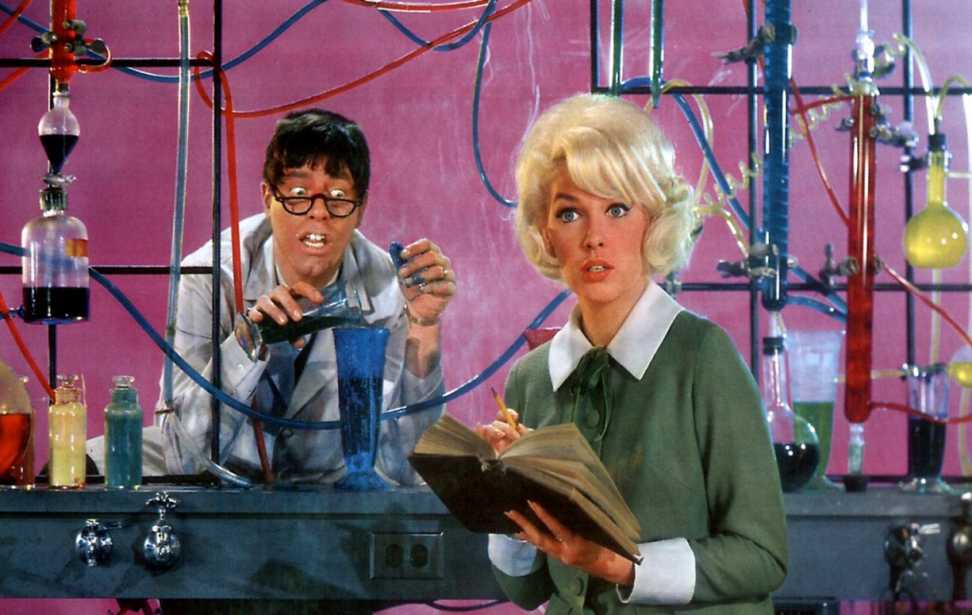
PACE (Programs of All-Inclusive Care for the Elderly) is a Medicare and Medicaid program that allows people who need nursing home level care to stay at home. PACE teams are usually made up of doctors, nurses, therapists and other professionals. They assess a person’s needs, develop an appropriate care plan and then provide necessary services either at the senior’s home or in a day health center.
The program is designed to be flexible and can adjust as a person's needs change. It allows the elderly to choose whether to continue receiving services or to return to conventional programs.
The Eligibility Requirements as well as the Costs
The eligibility requirements are not strict. If Medicare is insufficient, someone may be required to pay PACE premiums if their Medicare coverage does not meet the requirements.

It depends on a number of factors, including age, health conditions, and other circumstances. To qualify for a PACE program, the person must be at least 55 years old and have been diagnosed with a disability.
In order to be considered for participation in the program, individuals must have a primary diagnosis of an illness or physical impairment and meet a number of other criteria such as having limited mobility, having difficulty with communication and thinking, or being cognitively impaired. To be eligible for the program, an individual must have a primary diagnosis of an illness or physical impairment and meet other criteria such as having limited mobility, difficulty with communication and thinking, or being cognitively impaired.
PACE is a state-based managed care program that provides health and social services for frail elderly people who meet a nursing home level of care. Participants can enroll through a local public or non-profit agency. A multidisciplinary team of doctors, nurses, therapists and other medical professionals will provide care in an adult health center or in their homes.
A PACE program may be eligible for a Federal Grant if its main purpose is to offer PACE services. The organization is required to complete a feasibility analysis, which includes evidence that the new program can either save money or be cost neutral for long-term care in their service area.

Washington Aging and Long-Term Support Administration, (ALTSA), will review the study and determine if an applicant is qualified to run a PACE program. If approved, a prospective PACE organisation enters a contract to provide care to CMS beneficiaries within the service area.
In many states, starting a PACE Program is a similar procedure. The application process includes a feasibility report and ALTSA site visits. The PACE organisation must then submit an official application to CMS, which will either approve or deny the application.
If the application has been denied, a reapplication will be made to CMS. A site visit by ALTSA will occur within 90-days of the rejection. The reapplication must go through the same denial or approval processes. A Readiness Review is also conducted.
FAQ
What happens if Medicare disappears?
There will be an increase in the number of uninsured Americans. Employers may decide to drop employees from their plans. In addition, many seniors will face higher out-of-pocket costs for prescription drugs and other medical services.
How can my family have access to high-quality health care?
Most states have a department that provides affordable health care. Some states have programs that provide coverage for low-income families who have children. For more information on these programs, contact the Department of Health of your state.
What are the three levels of health care facilities?
The first level includes general practice clinics. These provide basic medical services for patients not requiring hospital admission. If necessary, they may refer patients to other providers. This includes nurse practitioners, general practitioners and midwives.
The second level is primary care centers which offer comprehensive outpatient care, including emergency treatment. These include hospitals, walk in clinics, urgent care centres, family planning clinics and sexual health clinics.
Secondary care centers are the third level and offer specialist services like neurosurgery, eye surgery, and orthopedic surgery.
Statistics
- The health share of the Gross domestic product (GDP) is expected to continue its upward trend, reaching 19.9 percent of GDP by 2025. (en.wikipedia.org)
- Consuming over 10 percent of [3] (en.wikipedia.org)
- Over the first twenty-five years of this transformation, government contributions to healthcare expenditures have dropped from 36% to 15%, with the burden of managing this decrease falling largely on patients. (en.wikipedia.org)
- About 14 percent of Americans have chronic kidney disease. (rasmussen.edu)
- Foreign investment in hospitals—up to 70% ownership- has been encouraged as an incentive for privatization. (en.wikipedia.org)
External Links
How To
What are the main segments of the Healthcare Industry industry?
The healthcare industry is made up of key segments such as medical devices, pharmaceuticals and diagnostics, biotechnology, therapy, health information technology, medical equipment, and other medical devices.
Blood pressure monitors, defibrillators and stethoscopes are all medical devices. These products are used to diagnose and prevent or treat disease.
Pharmaceuticals can be used to treat symptoms or cure diseases. These include antibiotics.
Diagnostics are tests performed by laboratories to detect illness or injury. You can get blood tests, urine samples or CT scans.
Biotechnology is the use of living organisms, such as bacteria, to create useful substances that can then be applied to humans. You can find examples such as vaccines, insulin and enzymes.
Therapeutics are medical treatments that treat diseases or alleviate symptoms. These therapies can include drugs or radiation therapy.
The computer software programs called health information technology help doctors and their teams to manage patient records. It helps them keep track of which medications they're taking, when they should take them, and whether or not they are working properly.
Any equipment used to diagnose, treat or monitor illnesses or conditions is medical equipment. Examples include dialysis machines, pacemakers, ventilators, operating tables, etc.